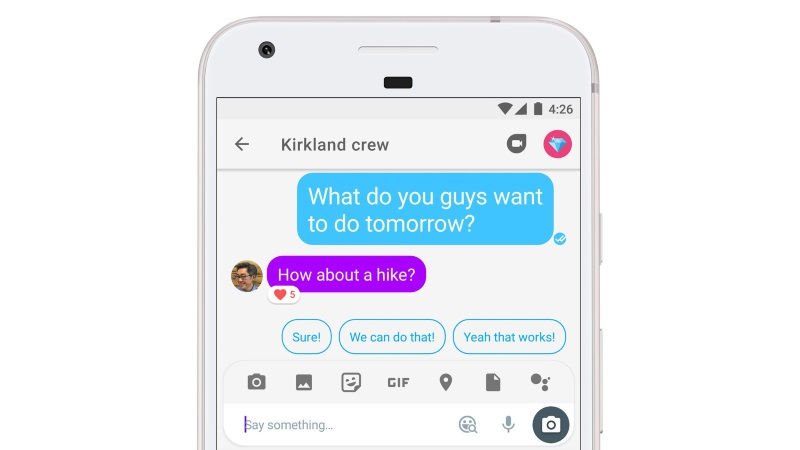
In today’s software marketplace, companies have a seemingly endless list of vendors. From the buyer’s point of view, the provider with the longest list of services is often viewed as the best choice. However, this is frequently not the case. Software shoppers — make sure you carefully evaluate the difference between applications and integrations.
Companies are choosing software providers for the wrong reasons and not achieving the results they need. According to a study conducted by 1E (via CIO Insight), more than $30 billion is wasted on software annually in the U.S. alone ($259 per desktop).
Why Is This?
In my experience, companies choose a provider with the most functionality, not the best functionality. When shopping for software, ask yourself if you’re shopping with a quantity-over-quality mindset.
Management leans toward solutions with a long list of applications that create a “centralized” platform. Many software providers that offer a variety of applications started with just one product. That product is their core competency.
At their core, software providers usually are very strong. Their entire business model was built around perfecting that core product. As companies grow, additional applications are built simply for extra revenue. The functionality of the applications is often bare and has the minimum requirements needed to add the applications to their list of services.
Standalone products or software that only concentrates on one domain are typically stronger, more robust and more effective for users.
You may be thinking: “Isn’t it tedious and inefficient to manage a bunch of different providers just for one function?”
Source;’-forbes


